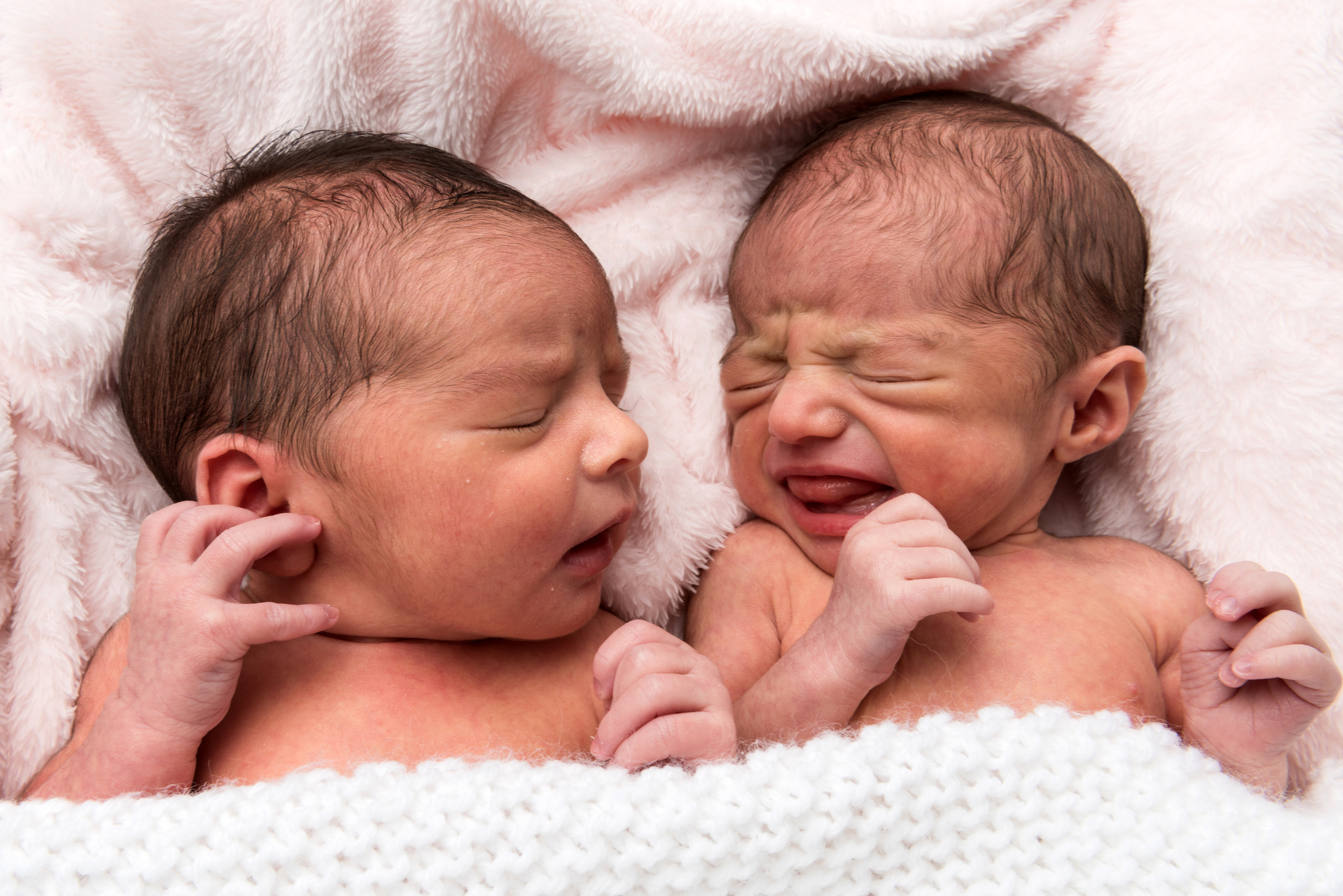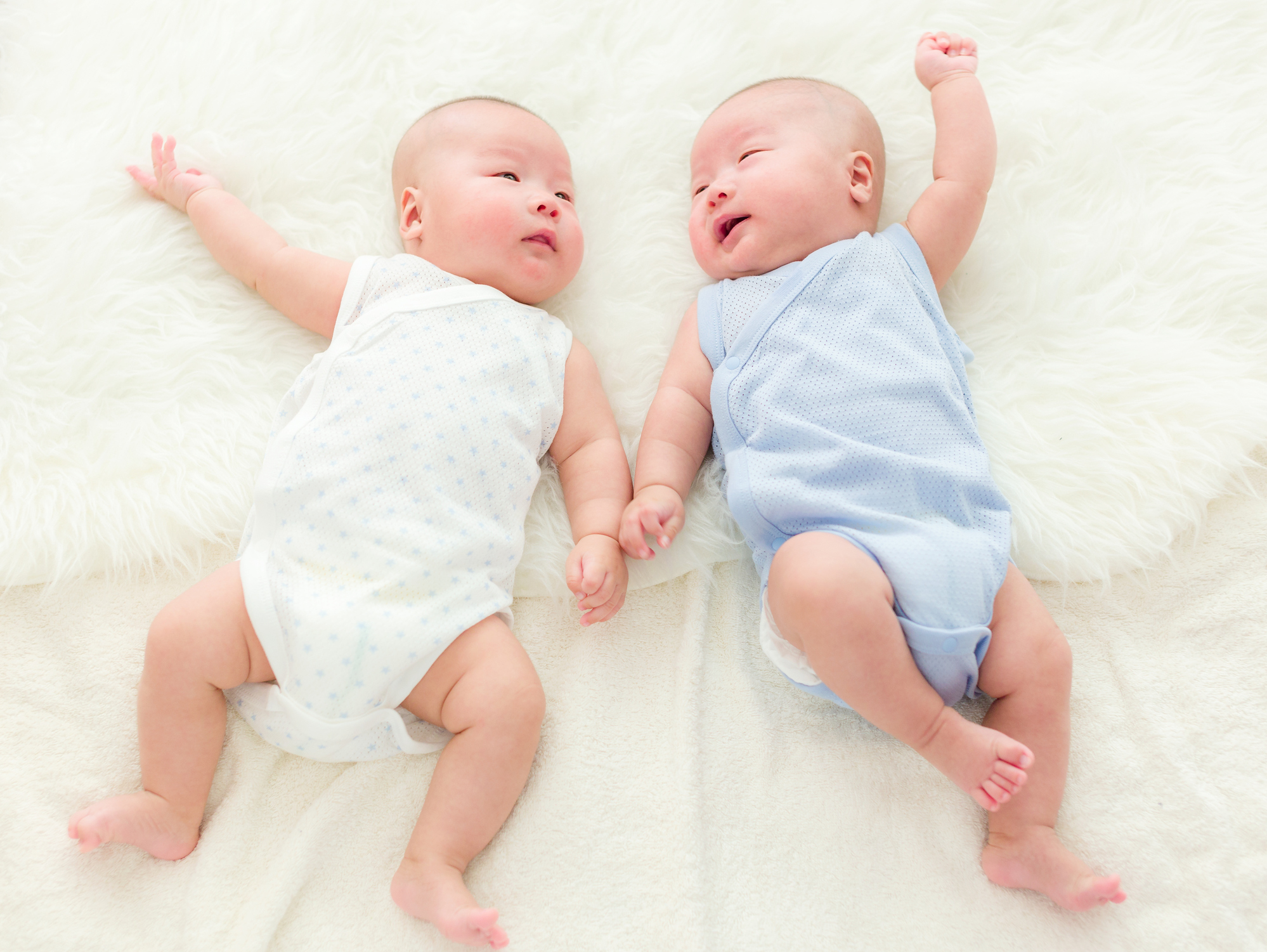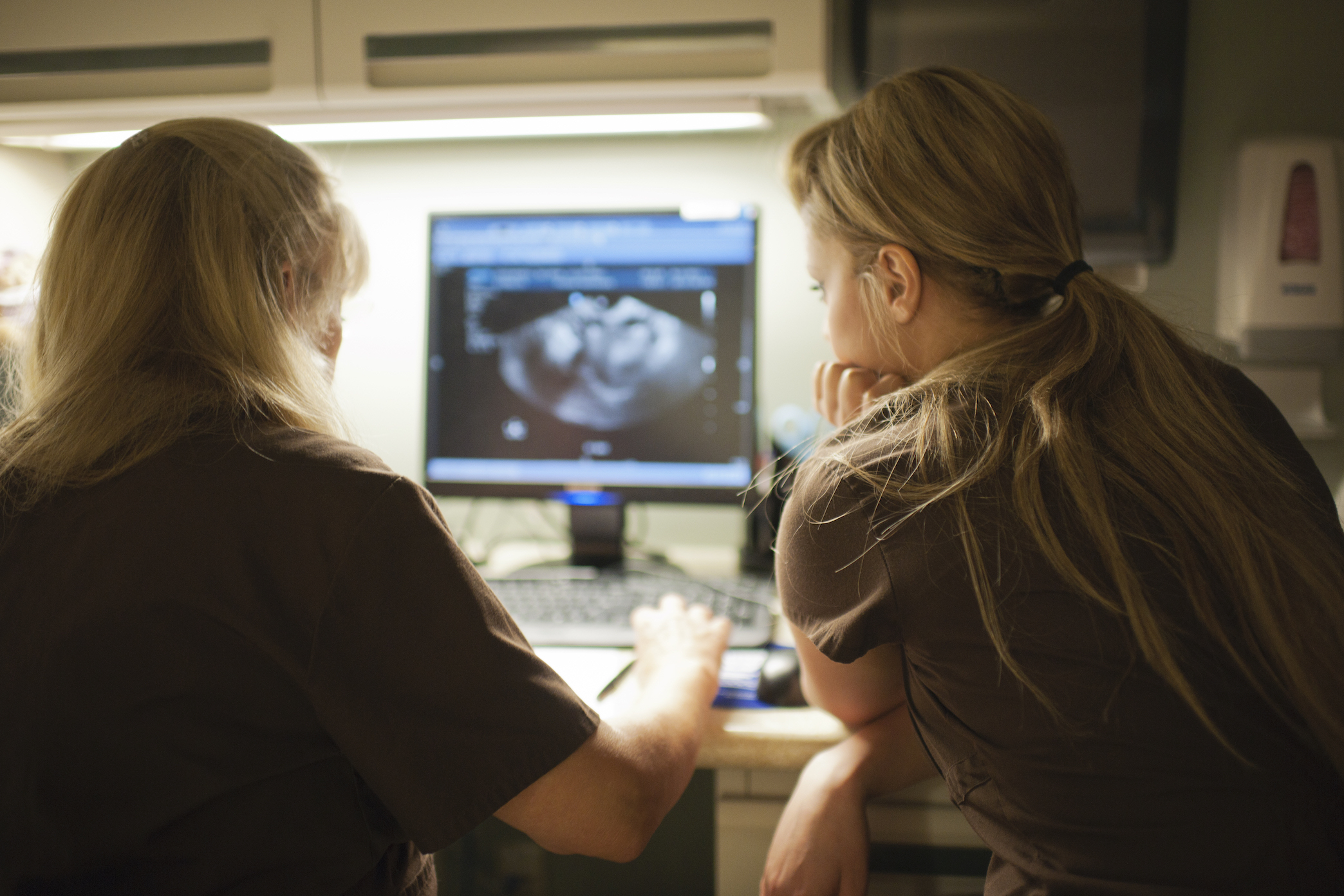
Health & Medicine
People in prison still in COVID-19 lockdown

Twins and other multiple birth babies face a higher risk of infant mortality, underscoring the need for specific healthcare guidelines
Published 1 June 2022
Twin births are more common than ever. The overall twinning rate has increased by a third globally in the last four decades, driven mostly by Europe and North America.
The ever-growing popularity of medically-assisted reproduction (MAR) technology has facilitated this uptrend in multiple births – procedures like stimulating ovaries tend to produce more eggs while in vitro fertilisation (IVF) can sometimes involve transferring more than one embryo to boost the chances of success.
In the US, it has been estimated that 36 per cent of twin births and 77 per cent of higher-order-multiple birth (three or more babies) are the result of fertility treatments.

This global uptrend is likely to continue as treatments like this become cheaper and more accessible in low and middle-income countries, where IVF procedures multiple embryo transfers are still more common compared with richer countries, where the trend has been toward more single embryo transfers.
This is because twins and higher order multiple-birth babies are substantially more likely than singletons to be born preterm and with low birth weight – both of which are well-established risk factors for higher infant mortality.

Health & Medicine
People in prison still in COVID-19 lockdown
In Australia, there are no national multidisciplinary guidelines regarding the care of multiple birth babies that encompass the pre- and post-natal continuum, and very little government-mandated education is provided to Maternal and Child Health nurses to help them support and tailor services for multiple birth families.
But multiple-birth babies face unique risks, underscoring the need in our hospitals for specific guidelines for the care of multiple birth babies and greater specialist care.
For example, our new study of more than 28,000 male-female twin pairs born in Brazil shows that male twins are at 60 per cent higher odds of dying in their first year of life compared to their female co-twins.
This is even after accounting for differences in birth weight and birth order, given that previous evidence shows that being born first can lead to a decreased chance of dying during or right after birth.

The increased relative risk for males in male-female pairs is exacerbated in the early neonatal period, and especially for longer pregnancies for which the overall mortality burden is lower.
In other words, if a male-female twin pregnancy continues close to or beyond term, both twins are more likely to survive, but if one of them were to die, that twin is much more likely to be male.
Existing evidence also indicates that sharing the womb with a female rather than with a male co-twin might be linked to improved early-life outcomes and placental pathology results also differ by sex in twin pregnancies.
Studying opposite-sex, or male-female, twin pairs can offer us an informative window into the role of sex differences in twin pregnancy and birth outcomes.

Health & Medicine
Taking on blood cancer - actively
Our findings, taken together with the previous evidence on developmental disadvantage for opposite-sex compared with same-sex twin pairs, could be used to establish new guidelines in Australia tailored to the care of newborn same-sex and opposite-sex twin pairs.
For example, specific guidelines for care of opposite-sex twins which take into account the different risk profiles between male and female newborns might help tackle preventable mortality.
Further, guidance on the health and healthcare of twins and their families, before and after birth, is needed to reduce early-life inequities faced by these infants.
Twin pregnancies, births and early-life care commonly require extra attention from medical practitioners and additional resources from clinics and hospitals.
These resources might not be readily available, especially in some low and middle-income countries where progress in improving standards for reproductive, maternal, newborn and child health has been slow.

Improving health and healthcare of twins and their families has been identified as a research priority in both Australia and internationally.
Questions for future researchers include understanding how we can reduce admissions and length-of-stay of twins in neonatal care units – as well as assessing whether medical practitioners with specialist training in multiple gestations might lead to better pregnancy and birth outcomes.

Health & Medicine
Living with a rare genetic disorder
However, existing and widely adopted guidelines for reducing newborn mortality from the World Health Organisation (WHO) fail to adequately address the specific risks of twin pregnancies, hampering efforts to increase awareness and understanding of the issues faced by twins and their parents.
This is, again, arguably even more relevant in low and middle-income countries, where infant mortality rates are high, and where twins are nearly eight times more likely to die than singletons.
While twin and multiple pregnancy guidelines exist in developed countries like the United Kingdom, low and middle-income countries would greatly benefit from similar initiatives.
Moreover, guidelines that can be globally disseminated and adopted might be an important first step in improving care for twins and their families.
These guidelines should highlight the sex-specific risks outlined above, although further research will improve our understanding of the pathophysiological basis of this disparity and what strategies might be employed to ameliorate it.

Throughout pregnancy and after birth, parents of twins are also at higher risk of experiencing symptoms of stress, anxiety and depression than parents of singletons.
Research on parenting during the COVID-19 pandemic also revealed the extra challenges faced by the parents of twin and other multiple-birth children.
While ensuring access to mental healthcare is critical for the prevention and treatment of mental ill-health, new and expecting multiple-birth parents can also turn to parent organisations and other community support groups across the globe for extra support.

Health & Medicine
Improving the care and wellbeing of cancer survivors
In Australia, expecting and new parents can reach out to the Australian Multiple Birth Association (AMBA) for peer-support and find out more insights about the specifics of twin pregnancies in the free resources provided by Twins Research Australia (TRA).
TRA is the largest volunteer twin registry in the world, and twins and their families can join the registry to participate in new studies aiming to generate scientific evidence, with the potential to improve our understanding of many health conditions across their lifespan.
Banner: Getty Images